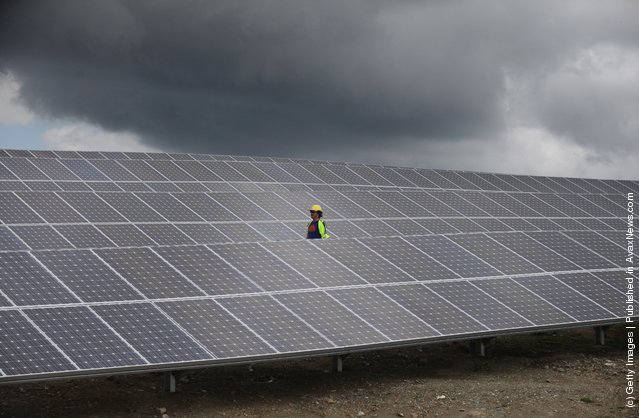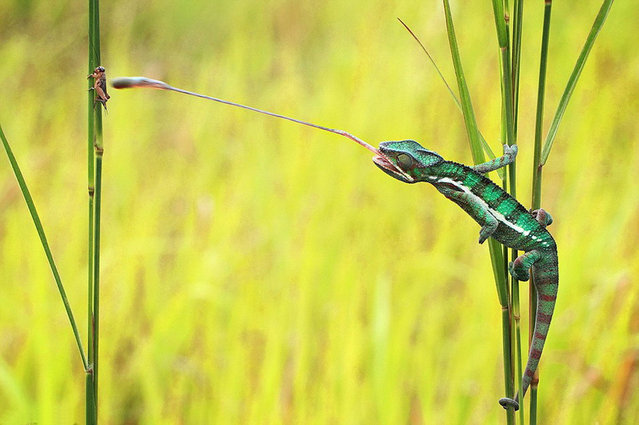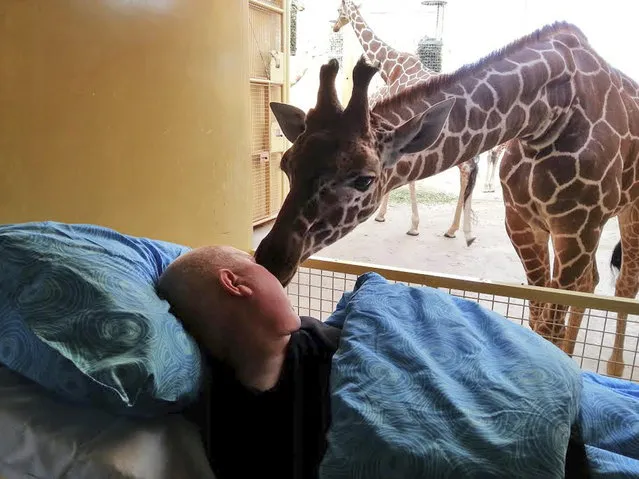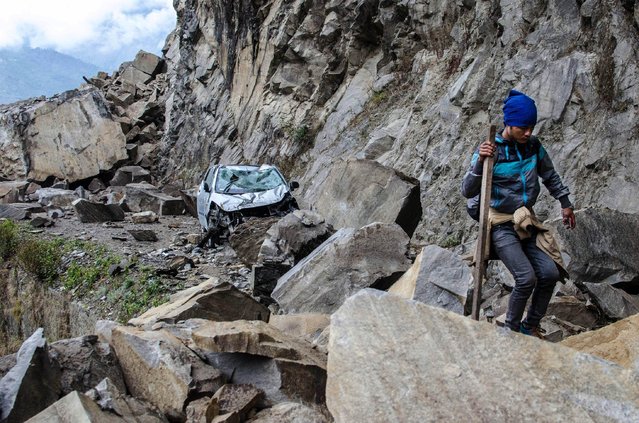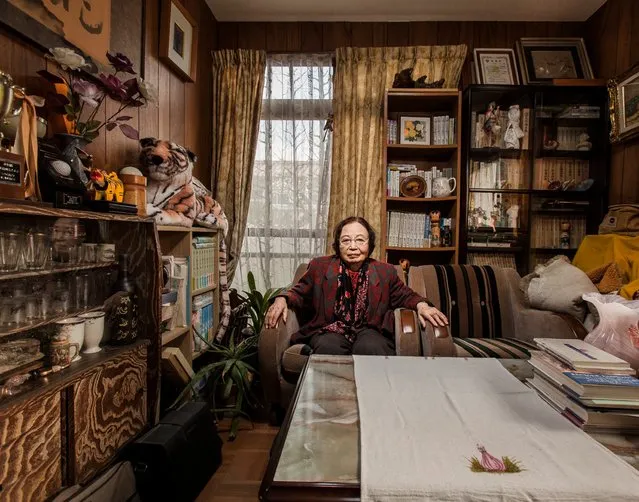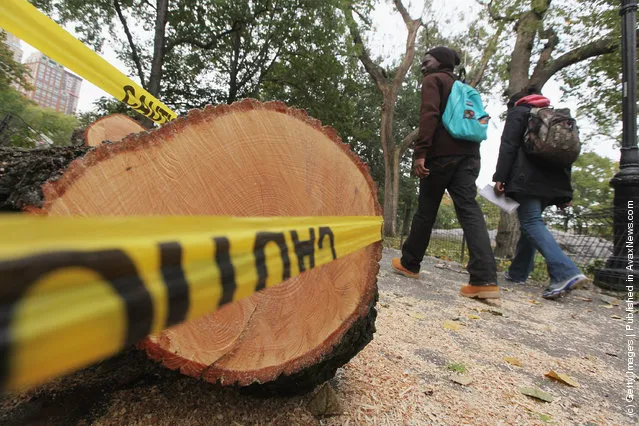
People walk past a downed tree in Central Park on October 31, 2011 in New York City. Central Park may lose 1,000 trees following a freak October snowstorm while the park only lost 125 trees due to Hurricane Irene. (Photo by Mario Tama/Getty Images)
01 Nov 2011 11:40:00,post received
0 comments

